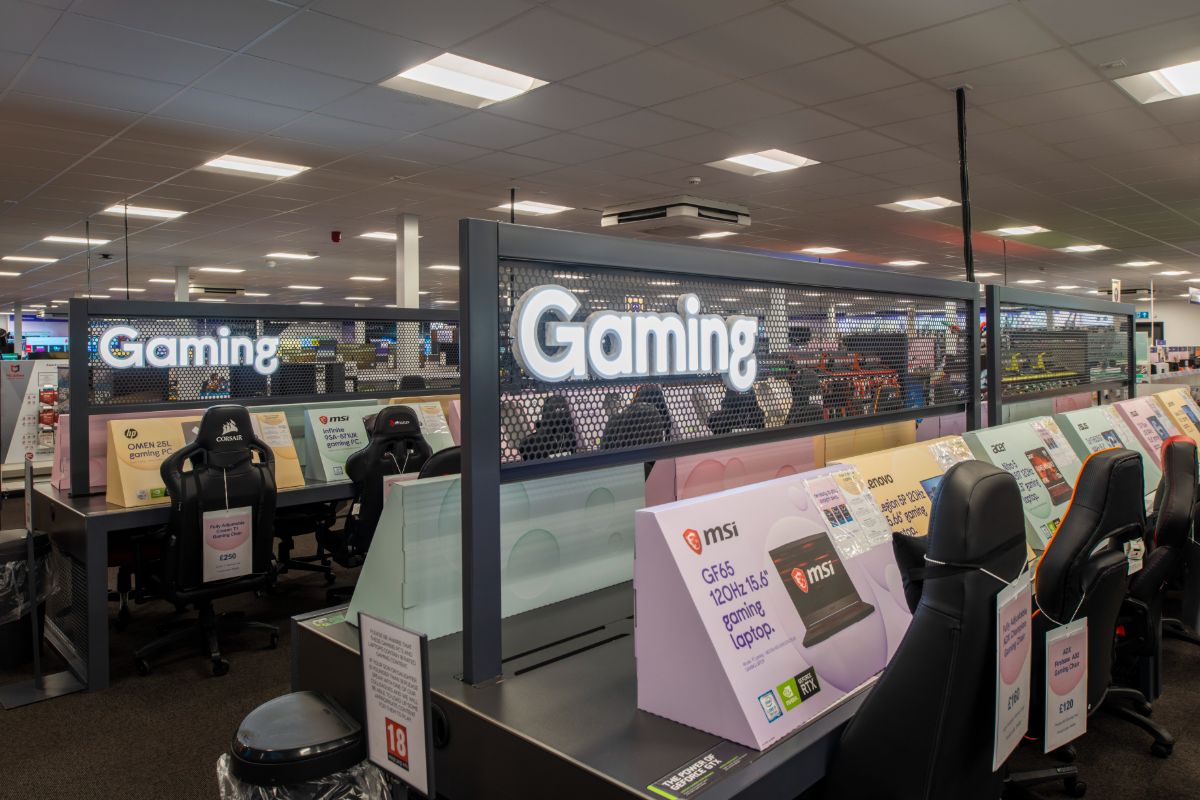Shoppers turned to the internet for more of their present-buying this Christmas, new figures from the British Retail Consortium (BRC) suggest.
Almost a quarter (24.1%) of non-food shopping took place online in the run up to the festive season, according to the BRC-KPMG Retail Sales Monitor for December 2017. That’s up from 23% a year earlier. The figures suggest a continuing gradual shift online and bear out reports ahead of Christmas of lower footfall affecting the high street.
Online sales grew by 7.6% in December, according to the BRC report, while overall UK retail sales were up by 1.4% in total, and 0.6% on a like-for-like basis that strips out the effect of store openings and closures. Meanwhile, in-store sales of non-food fell by 3.7% in the three months to December 2017, and by 4.4% on a like-for-like (LFL) basis – the deepest, says the BRC, since its records began in December 2012.
The online growth is below the 12 month average of 8% but ahead of the three-month average of 6.2%.
Paul Martin, head of retail at KPMG , said: “Christmas trading delivered meagre overall like-for-like growth of just 0.6% in December. Online sales on the other hand rose 7.6%, further reinforcing the disparity between the high street and online. Whilst a proportion of this divide can be attributed to Cyber Monday, shoppers are increasingly preferring to shop online, especially at Christmas.
“Grocers benefitted from festive feasts, but growth elsewhere on the high street was otherwise rather muted for the time of year. In contrast, all online categories grew, with health and beauty, shoes and clothes proving particularly popular. This all comes ahead of customer returns of course, but nevertheless December’s cold weather appeared to contribute to a fashion frenzy.
“2017 presented retailers with a cocktail of geopolitical and economic uncertainty, on-going margin pressures and the structural changes driven by technology and changing consumer behaviour. In a market that will at best see stagnant growth in 2018, gaining market share will be a primary focus. That will entail understanding your customers fully – including where, when and how they want to shop.”
Helen Dickinson, chief executive of the BRC , said the figures showed a “stark” divergence between growth in sales of food and non-food. While non-food sales across all channels fell by 1.4% in total, and 1.9% LFL – below the 12 month average of flat growth (0%), food, by contrast, grew by 4.2% in total and 2.6% LFL.
“With inflation outpacing income growth, shoppers continued to see more of their spending power absorbed by essential items, including food, leaving less left over for buying Christmas gifts,” said Dickinson. “That made this year’s festive period all the more nail-biting for non-food retailers, many of whom offered deep discounts in the last weeks before Christmas in the hope of something to celebrate at the end of a year, which has seen, on average, zero growth in non-food sales. These promotions came as a welcome relief for stretched households, although the late lift in sales came at the expense of margins for many retailers.
“Retailers who did well in such a challenging environment got both their discounting strategy and omnichannel offerings right. Those who could offer and deliver on last minute delivery options did better, boosting online non-food sales more than 15 percent in the seven days before Christmas, a week when, until now, shoppers would have had to turn to stores to ensure gifts made it under the tree in time.
“With spending likely to remain under severe pressure in the next few years, it’s imperative that in the forthcoming trade negotiations, the Government does all it can to avoid adding new tariffs to existing price pressures.”
Richard Lim, chief executive of Retail Economics, said: “These results are clearly disappointing. Non-food retailers have felt the brunt of sluggish wage growth and five-year highs in inflation, which came at precisely the wrong time for retailers.
“As the cost of essentials soaked up a higher proportion of household budgets, families cut back on their Christmas spending, despite the frenzy of discounts and promotions which is likely to have decimated profit margins.
“Our research showed that almost half of shoppers said they spent less this Christmas than last year while two-thirds suggested they did some of their shopping online. The ongoing shift in consumer habits continues to put traditional retail business models under increasing strain.”








